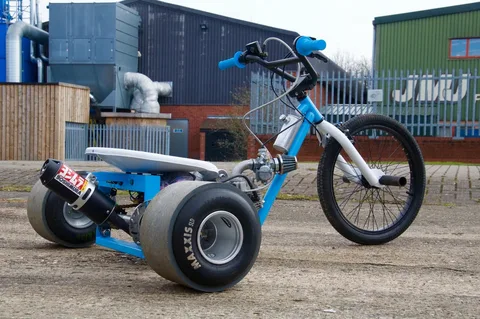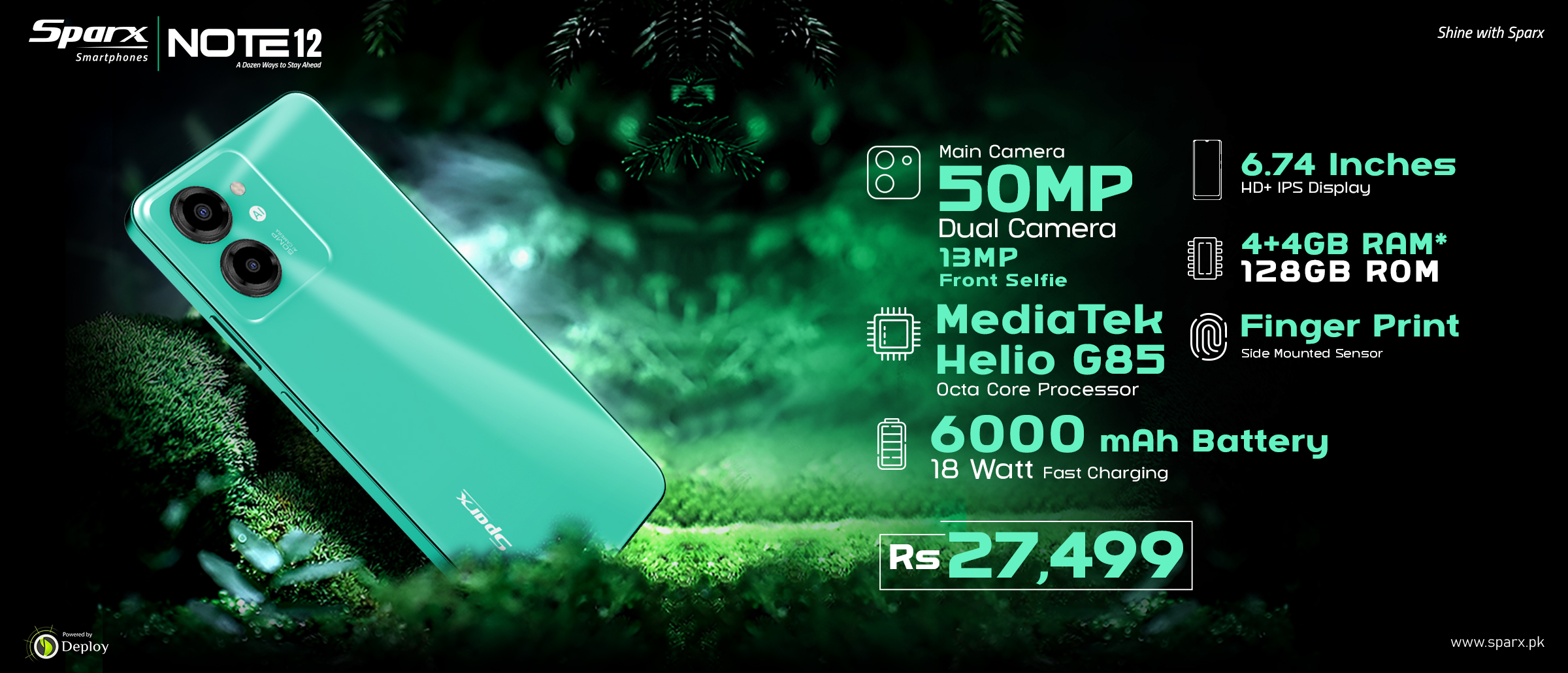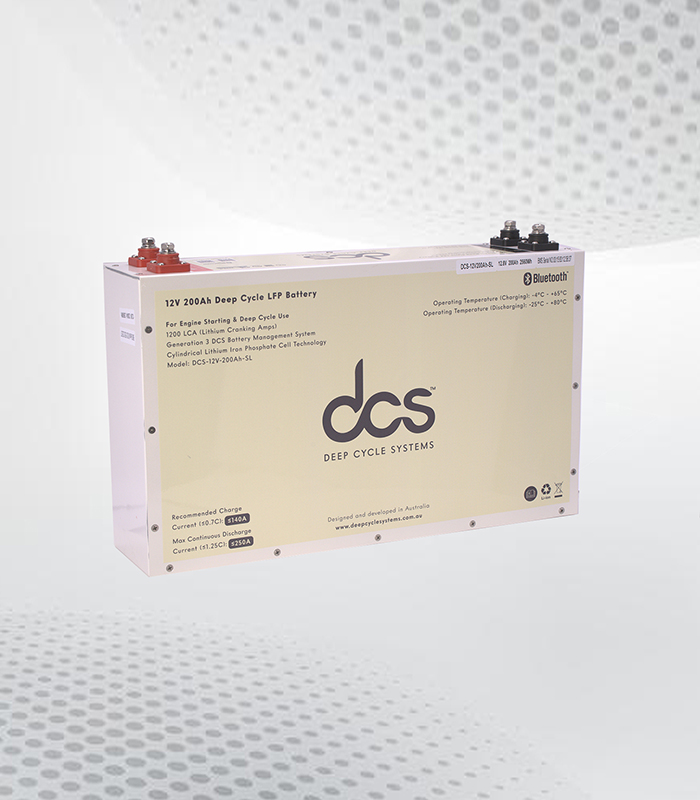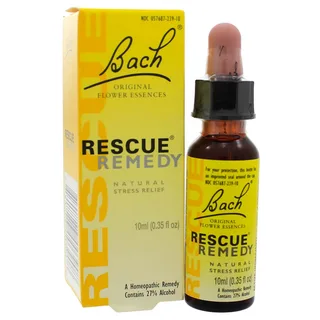In the exhilarating world of drift-triking, selecting the Best Motor for Drift Trike performance is crucial to achieving an enjoyable and thrilling ride. The right motor not only enhances speed and agility but also ensures a safe experience while navigating turns and corners. As enthusiasts dive into the process of building or upgrading their drift-trikes, understanding the various motor options available is key to maximising performance.
Understanding Drift-Trike Power Requirements and Specifications
Drift-trikes require motors that provide sufficient power and torque to effectively navigate drift sessions. Typically, a power output of 5 to 15 horsepower is optimal for most drift-trikes. Assessing the power requirements involves considering factors such as rider weight, overall trike design, and the type of terrain. The ideal motor should offer a balance between speed and control, with higher torque facilitating quick acceleration from a standstill, which is crucial for initiating drifts.
The weight of the motor is another critical aspect, as a lighter engine can improve the trike’s agility. Additionally, understanding the RPM range and power band of potential motors is essential for informed decision-making. A motor that operates efficiently within the desired RPM range will provide a smoother and more responsive ride. These specifications collectively contribute to achieving a drift-trike that performs admirably under various conditions, offering both excitement and reliability.
A well-matched motor ensures that the drift-trike maintains stability during high-speed manoeuvres, whilst also allowing for precise control when negotiating tighter corners. Furthermore, exploring options with adjustable throttle response can provide riders with the flexibility to fine-tune performance according to personal preference and track demands.
Comparing Electric Motors and Petrol Engines for Drift-Trikes
When evaluating the best motor for drift-trike performance, the choice between electric motors and petrol engines is fundamental. Electric motors are celebrated for their immediate torque delivery, making them highly effective for swift acceleration and smooth drifting. They operate more quietly than petrol engines and require less maintenance, contributing to a lower environmental impact. However, electric motors often have limitations regarding range and battery life, which necessitates careful planning for extended drift sessions.
Conversely, petrol engines provide a conventional power source with a higher energy density, enabling longer sessions without the frequent need for recharging. These engines also add to the sensory experience with their distinctive engine noise and offer a broad scope for performance modifications. Nonetheless, petrol engines tend to be heavier and demand more maintenance compared to their electric counterparts. They may also lack the instantaneous torque characteristic of electric motors.
Both motor types have unique benefits and drawbacks, and the choice largely depends on personal preferences and specific drift-trike requirements. Electric motors cater to those prioritising torque and low maintenance, while petrol engines appeal to enthusiasts seeking extended range and the traditional auditory experience of a combustion engine.
Key Features to Look For In a Drift-Trike Motor
When selecting a motor for drift-trike performance, power and torque characteristics are paramount. A motor with a power output that suits the rider’s preferences ensures a balanced performance. Moreover, a compact and lightweight motor enhances handling and manoeuvrability, making the drift-trike more responsive to rider inputs. Cooling systems play a vital role in maintaining motor performance, especially during extended sessions. Efficient cooling mechanisms prevent overheating and ensure the motor runs smoothly. Compatibility with existing components is another crucial consideration.
Motors that integrate seamlessly with the trike’s frame and drivetrain simplify the installation process and reduce potential compatibility issues. Additionally, ease of installation is beneficial, particularly for those who prefer a straightforward setup without extensive modifications. The availability of spare parts and strong aftermarket support is essential for maintaining the motor over time. Access to replacement parts and upgrade options can significantly affect the longevity and performance of the drift-trike.
Lastly, the motor’s durability and reliability are crucial. A motor built with high-quality materials and robust engineering will withstand the rigours of drift-triking, providing a dependable performance. These features collectively contribute to the overall effectiveness and enjoyment of the drift-trike, ensuring it meets the rider’s expectations and performance demands.
Tips for Installing and Maintaining Your Drift-Trike Motor
Before commencing the installation process, it is crucial to gather all necessary tools and components. Ensuring that the motor, mounting brackets, and required hardware are readily available will streamline the process. Carefully review the motor’s installation manual to understand the specific steps and requirements for a proper setup.
Frame Compatibility
Verify that the drift-trike frame is compatible with the chosen motor. Compatibility reduces the need for extensive modifications and ensures a secure fit. Custom mounting brackets may be necessary to accommodate different motor types or to achieve the desired positioning.
Secure Mounting
Ensuring that the motor is securely mounted is crucial for both performance and safety. Use high-quality bolts and fasteners, and apply thread-locking compound where appropriate to prevent loosening due to vibrations. Regularly check and tighten these fasteners to maintain a stable motor installation.
Electrical Connections
For electric motors, carefully connect all electrical components, including the battery, controller, and throttle. Ensure that all connections are secure and insulated to prevent short circuits. Organising wiring with cable ties and protective conduits can help minimise damage from movement and debris.
Fuel System Setup
For petrol engines, properly connecting the fuel lines and ensuring there are no leaks is vital. The fuel tank should be securely mounted, and the lines should be routed away from hot components to avoid fire hazards.
Regular Inspections
Conducting routine inspections of the motor and associated components helps identify potential issues early. Check for signs of wear, loose bolts, and any unusual noises or vibrations. Regular oil changes and filter replacements are necessary for petrol engines, while electric motors may require periodic battery maintenance.
Cooling System Maintenance
Maintaining an effective cooling system prevents overheating and ensures optimal motor performance. Regularly inspect cooling fins, radiators, or cooling fans for any obstructions or damage, and clean them as needed to ensure efficient operation.
Lubrication
Proper lubrication of moving parts, such as bearings and chains, is essential to reduce friction and wear. Using the recommended lubricants and adhering to the maintenance schedule can prolong the motor’s lifespan and enhance performance.
Enhancing Performance with Additional Drift Trike Electric Motor Modifications
Beyond selecting the Drift Trike Electric Motor performance, additional modifications can significantly enhance the overall experience. Upgrading the tyres is a practical first step, as it improves grip and allows for more controlled and precise drifts. Additionally, improving the suspension system contributes to better stability and rider comfort, especially during high-speed manoeuvres.
For those using petrol engines, investing in a performance exhaust system can boost airflow and subsequently increase power output. This modification not only enhances performance but also adds a more aggressive sound, enriching the sensory experience. For electric motor setups, upgrading to a higher-capacity battery can extend run times and improve overall performance. This allows for longer sessions without the need for frequent recharges, making the drift-trike more versatile.
Further enhancements can include the installation of high-performance brakes for better stopping power and control. Upgrading the drivetrain components, such as the chain and sprockets, can also yield smoother and more efficient power delivery. These targeted modifications, when combined with a well-chosen motor, elevate the drift-trike’s capabilities, ensuring a more exhilarating ride.
Safety Considerations When Choosing and Using Drift-Trike Motors
Safety is paramount when selecting and operating drift-trike motors. Ensuring that the chosen motor complies with recognised safety standards is essential, as is verifying that it is suitable for the rider’s skill level and experience. Appropriate protective gear, including helmets, gloves, and knee pads, plays a critical role in mitigating injuries during rides. Regular inspections of all drift-trike components, particularly the motor, brakes, and steering mechanisms, are vital before each session.
Identifying and addressing potential issues early can prevent accidents and ensure smooth operation. Riders should remain vigilant of their surroundings, especially when drifting in areas shared with pedestrians and other vehicles. Local regulations and laws governing drift-triking must be observed to avoid legal complications and promote a safe riding environment. Additionally, selecting motors with integrated safety features, such as thermal overload protection for electric motors or reliable cooling systems for petrol engines, can further enhance safety.
Engaging in proper riding techniques and avoiding overly aggressive manoeuvres until fully comfortable with the drift-trike’s handling characteristics can also prevent mishaps. Educating oneself on emergency procedures and practising controlled stops can significantly improve reaction times in unexpected situations. By prioritising safety in motor selection and use, riders can enjoy the thrill of drift-triking with peace of mind.
Budget-Friendly Motor Options for Drift-Trikes
There are several budget-friendly motor options that can deliver commendable performance for drift-trikes. The Predator 212cc petrol engine stands out as a popular choice amongst enthusiasts due to its robust power output and reliability. This engine is known for its ease of installation and availability of aftermarket parts, making it a cost-effective solution for those looking to enhance their drift-trike’s capabilities without breaking the bank. For those inclined towards electric motors, the Bafang 750W Mid-Drive Motor offers a balance of performance and affordability. Its immediate torque delivery and relatively simple installation make it an appealing option for budget-conscious riders.
Additionally, the Bafang motor benefits from widespread availability of replacement parts and a supportive user community, which can be advantageous for maintenance and troubleshooting. Another viable option includes Chinese clone motors, which often replicate the design of more expensive models at a fraction of the cost. Whilst they may not boast the same level of durability or brand reputation, these motors can still provide satisfactory performance for casual drift-triking. These economical choices allow riders to enjoy the thrill of drift-triking without substantial financial investment, making the sport more accessible to a wider audience.
Conclusion
Selecting the Best Motor for Drift Trike performance encompasses a blend of power, torque, and compatibility with the rider’s preferences and needs. Each type of motor—whether electric or petrol—presents its own set of advantages and trade-offs, making it important to consider factors such as range, maintenance requirements, and the overall sensory experience. Additionally, understanding key motor specifications, such as horsepower and torque, and how these influence performance is essential for achieving the desired riding experience.
FAQs
What is the ideal horsepower range for the Best Motor for Drift Trike?
Best Motor for Drift Trike typically requires motors with a power output ranging from 5 to 15 horsepower. This range provides a good balance of speed, control, and torque, ensuring effective performance during drift sessions.
Are electric motors better than petrol engines for drift-trikes?
Both electric motors and petrol engines have their advantages and disadvantages. Electric motors offer immediate torque, quieter operation, and lower maintenance. However, they have limitations in range and battery life. Petrol engines provide longer run times and a more traditional sensory experience but are heavier and require more maintenance.
What maintenance practices are crucial for drift-trike motors?
Regular inspections, secure mounting checks, proper lubrication, and cooling system maintenance are critical for both electric motors and petrol engines. For petrol engines, additional practices include regular oil changes and fuel system checks. Electric motors may require battery maintenance.




